As the Apollo 11 mission lifted off on the Saturn V rocket, propelling humanity to the surface of the Moon for the very first time, members of the team inside Launch Control Center watched through a window.
The room was crowded with men in white shirts and dark ties, watching attentively as the rocket thrust into the sky. But among them sat one woman, seated to the left of center in the third row in the image below. In fact, this was the only woman in the launch firing room for the Apollo 11 liftoff.

This is JoAnn Morgan, the instrumentation controller for Apollo 11. Today, this is what Morgan is most known for. But her career at NASA spanned over 45 years, and she continued to break ceiling after ceiling for women involved with the space program.
“It was just meant to be for me to be in the launching business,” she says. “I’ve got rocket fuel in my blood.”

Morgan was inspired to join the human spaceflight program when Explorer 1 was launched into space in 1958, the first satellite to do so from the United States. Explorer 1 was instrumental in discovering what has become known as the Van Allen radiation belt.
“I thought to myself, this is profound knowledge that concerns everyone on our planet,” she says. “This is an important discovery, and I want to be a part of this team. I was compelled to do it because of the new knowledge, the opportunity for new knowledge.”
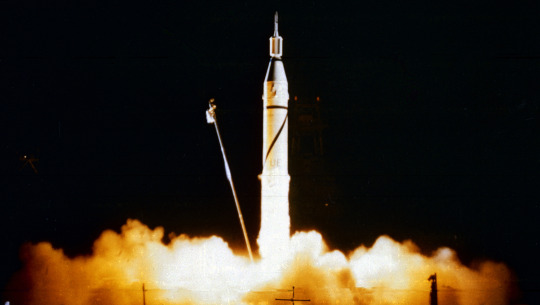
The opportunity came when Morgan spotted an advertisement for two open positions with the Army Ballistic Missile Agency. The ad listed two Engineer’s Aide positions available for two students over the summer.
“Thank God it said ‘students’ and not ‘boys’” says Morgan, “otherwise I wouldn’t have applied.”
After Morgan got the position, the program was quickly rolled into a brand-new space exploration agency called NASA. Dr. Kurt Debus, the first director of Kennedy Space Center (KSC), looked at Morgan’s coursework and provided Morgan with a pathway to certification. She was later certified as a Measurement and Instrumentation Engineer and a Data Systems Engineer.
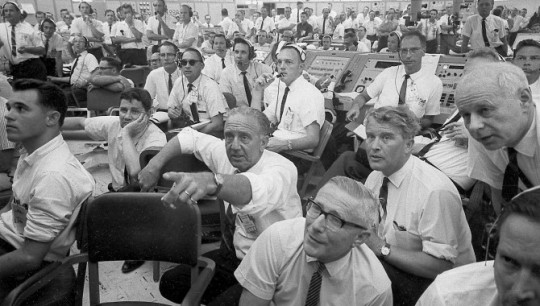
There was a seemingly infinite amount of obstacles that Morgan was forced to overcome — everything from obscene phone calls at her station to needing a security guard to clear out the men’s only restroom.
“You have to realize that everywhere I went — if I went to a procedure review, if I went to a post-test critique, almost every single part of my daily work — I’d be the only woman in the room,” reflects Morgan. “I had a sense of loneliness in a way, but on the other side of that coin, I wanted to do the best job I could.”
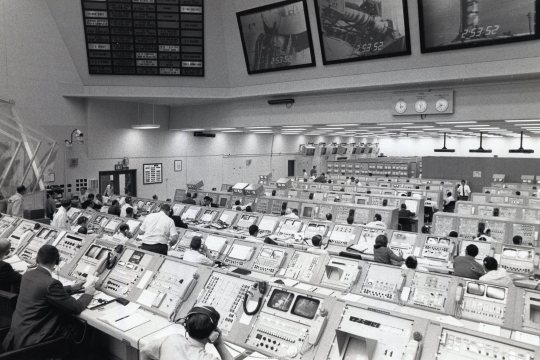
To be the instrumentation controller in the launch room for the Apollo 11 liftoff was as huge as a deal as it sounds. For Morgan, to be present at that pivotal point in history was ground-breaking: “It was very validating. It absolutely made my career.”
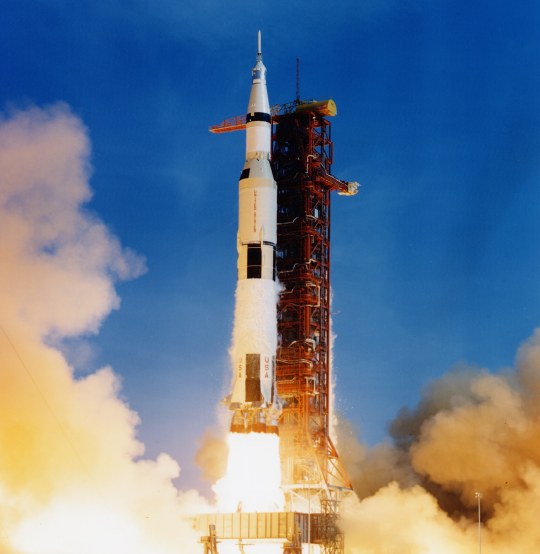
Much like the Saturn V rocket, Morgan’s career took off. She was the first NASA woman to win a Sloan Fellowship, which she used to earn a Master of Science degree in management from Stanford University in California. When she returned to NASA, she became a divisions chief of the Computer Systems division.

From there, Morgan excelled in many other roles, including deputy of Expendable Launch Vehicles, director of Payload Projects Management and director of Safety and Mission Assurance. She was one of the last two people who verified the space shuttle was ready to launch and the first woman at KSC to serve in an executive position, associate director of the center.
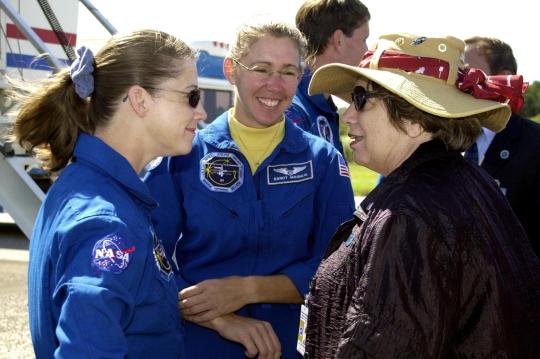
To this day, Morgan is still one of the most decorated women at KSC. Her numerous awards and recognitions include an achievement award for her work during the activation of Apollo Launch Complex 39, four exceptional service medals and two outstanding leadership medals. In 1995, she was inducted into the Florida Women’s Hall of Fame.
After serving as the director of External Relations and Business Development, she retired from NASA in August 2003.
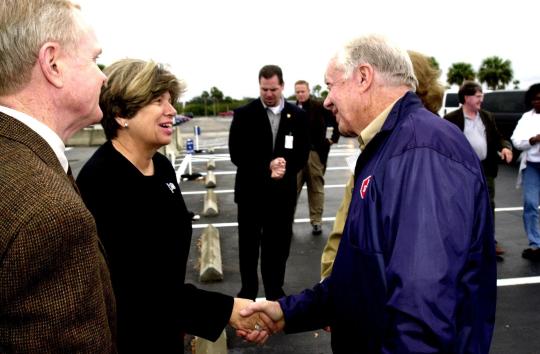
Today, people are reflecting on the 50th anniversary of Apollo 11, looking back on photos of the only woman in the launch firing room and remembering Morgan as an emblem of inspiration for women in STEM. However, Morgan’s takeaway message is to not look at those photos in admiration, but in determination to see those photos “depart from our culture.”
“I look at that picture of the firing room where I’m the only woman. And I hope all the pictures now that show people working on the missions to the Moon and onto Mars, in rooms like Mission Control or Launch Control or wherever — that there will always be several women. I hope that photos like the ones I’m in don’t exist anymore.”
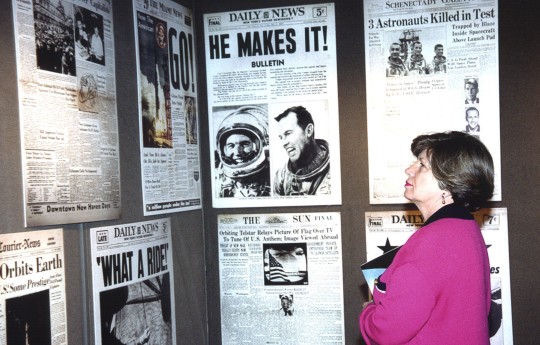
Follow Women@NASA for more stories like this one, and make sure to follow us on Tumblr for your regular dose of space: http://nasa.tumblr.com.







Комментариев нет:
Отправить комментарий